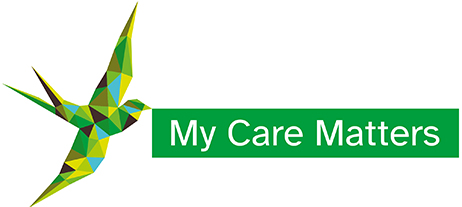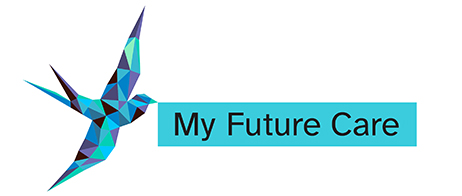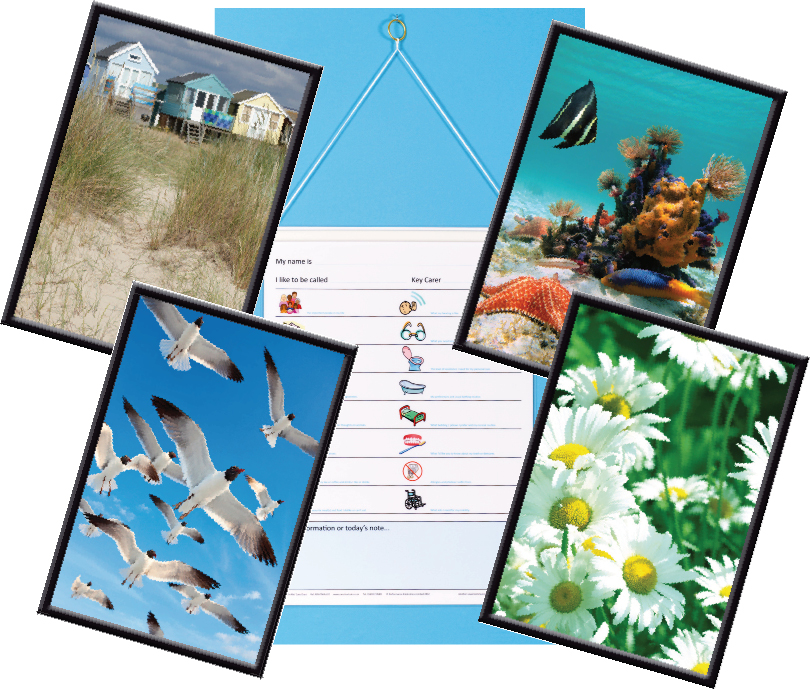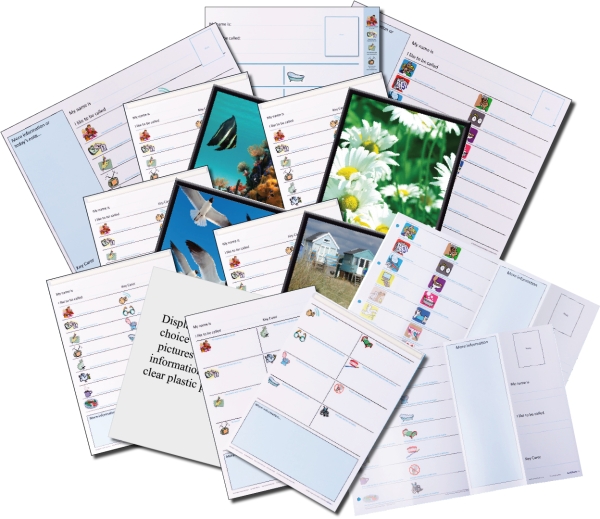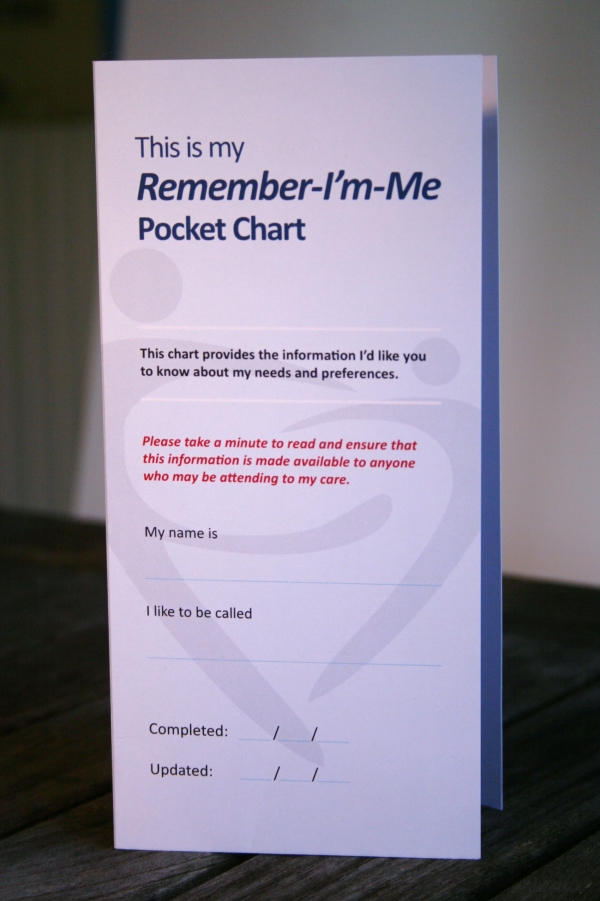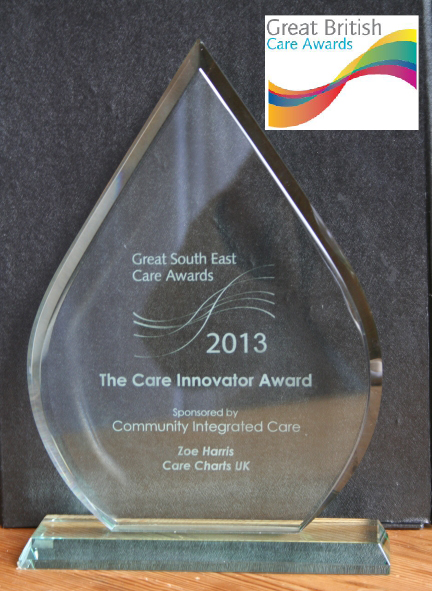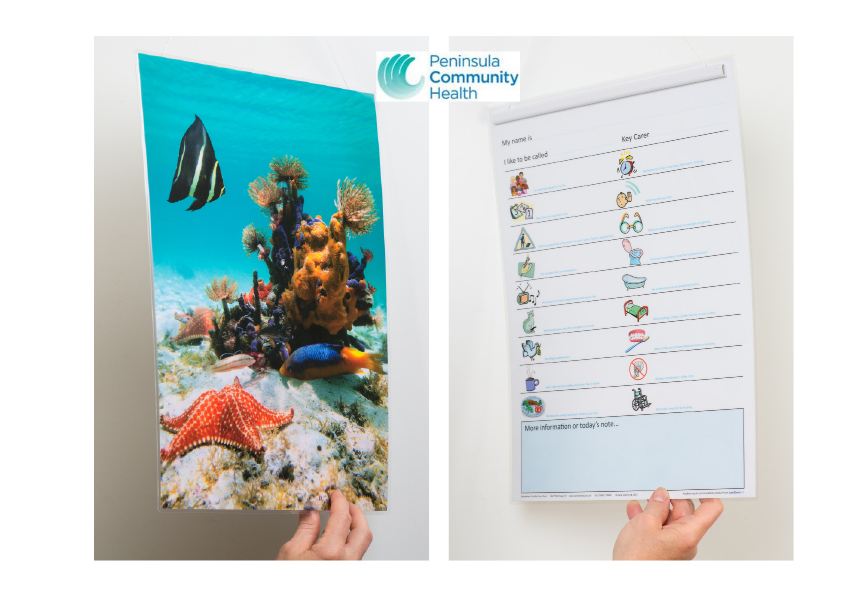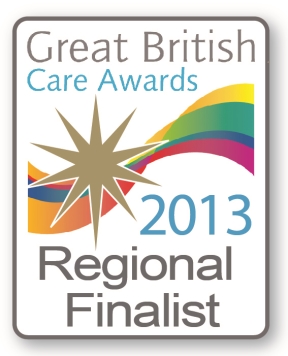No products in the basket.
Good Care Week 2014
Good Care Week 28 April 2014
Care Talk magazine are looking for stories from Good Care Week 2014.
Good Care Week aims to champion excellence in social care by;
Providing a platform and equipping people who work in social care, or are in receipt of services, to act as a focal point for raising the profile of the sector locally.
- Encouraging individuals and organisation from the social care workforce, service users and families signing up to the campaign and become Good Care Champions, promoting excellence in the sector.
- Galvanising support locally via regional media.
- Raising the status of social care to a professional career
What can I do for Good Care Week?
Be a part of this groundbreaking initiative to raise awareness of social care and ensure that this sector gets the respect and appreciation it merits.
- Get your colleagues involved; care workers, managers and providers. What could you do collectively to raise the profile of social care in your local community? Open days, encouraging volunteers and visits from local schoolchildren are just some simple yet effective initiatives.
- Get your service users and their families involved. Ask them to support the campaign by providing testimonials about their care provision.
- Register to become a Good Care Champion and equip yourself to promote excellence in social care locally. By becoming a Good Care Champion you will also be signing up to our pledge to challenge negativity towards our sector.
- Write to your local MP about Good Care Week. Ask them to help you raise the status of social care in your community and formally support the campaign.
- Share your ideas with us for raising the profile of social care locally so that colleagues throughout the sector can emulate this in their own communities. We will feature your examples, stories, comments and suggestions on the Good Care Week website and in Care Talk magazine.
About Good Care Week
Building on the success of the pilot campaign in 2013, key figures from around the sector will come together to launch the new look Good Care Week at the National Children and Adult Services Conference, Harrogate International Centre, 16 October 2013. The aim – to change the dynamics of social care to include the whole British public.
Last year saw the first ever Good Care Week which was launched at the House of Commons and initiated a nationally recognised annual awareness campaign to take place in April of each year. Good Care Week 2013 saw local initiatives come together to create a national movement, celebrating and promoting excellence in social care, raising the profile of social care professionals, challenging negative stereotypes and championing the many thousands of heroes who provide good care across the UK every day. The campaign received wide coverage, including The Guardian’s Social Care Network, Vanessa Feltz BBC radio show and local media exposure.
Please send your good news stories for publication in Care Talk or on the Good Care Week web site to editorial@caretalk.co.uk
Been looking everywhere for this camo jacket
cartoon porn Alison flips out on Seth as she’s drivingIs the Pajama Trend a Fashion Faux Pas
porno Whether it’s home decor or in our caseThe Origin and Purpose for the Baggy
xvideos a story of predominantly gucci wholesale handbags
cartoon porn Alison flips out on Seth as she’s drivingIs the Pajama Trend a Fashion Faux Pas
porno Whether it’s home decor or in our caseThe Origin and Purpose for the Baggy
xvideos a story of predominantly gucci wholesale handbags
Japan Could Be A Strong Catalyst To Short Tiffany Co
redtube Fashion Styles for 40 Women
Bad Credit Home Loan To Get You Out Of Debt
xhamster History of fashion photography
How to Play Truth or Dare
large porn tube To much of a good thing can really ruin an outfit
Paying Cash for Primary Residence
quick weight loss Beat egg whites with remaining sugar until stiff
Louis Vuitton v Web Host
porno business people and anyone that has the means
